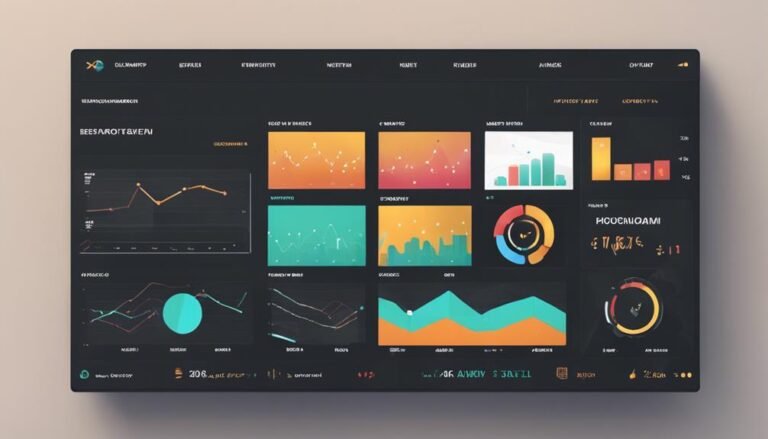Document Verification: Why It Matters in the Digital Age
In today’s world, people and companies are dependent on digital platforms in a fast-paced world. Since the start of opening a bank account online to even requesting distant employment opportunities, identity checks have become a significant aspect of daily business. The core of such checks is one unsymmetric weapon document verification.
Verification of documents helps establish the authenticity of the documents presented by an individual, ensuring they are genuine and have not been altered. It is significant in preventing fraud, in assuring compliance and instilling confidence in the digital interaction. And what is document verification, what is its importance, and how does it work in practice? Then that is the subject of our discussion.
What Is Document Verification?
Document verification refers to the procedure of verifying identity documents like passports, driver’s licenses, national ID cards or utility bills. This is aimed at making these documents real and the person who presents them to be genuine. Human inspection of verification can be carried out, or automated solutions based on artificial intelligence and machine learning.
To put it simply, it must respond to the following question: Is it a real document, and does it belong to the person posting it?
Why Document Verification Matters
Fraudsters have also used online platforms, which have been opened by the emergence of online services. On the one hand, counterfeiting, falsifying documentation and stealing credentials are frequently employed to commit identity theft as well as financial fraud, among others. The first line of defence against these dangers is document verification.
To businesses, there are more advantages than fraud prevention. Authentication of documents will help the organisations to meet regulatory requirements, including Know Your Customer (KYC) and Anti-Money Laundering (AML), required by numerous industries, including banking, finance, and insurance.
Checks on documents also instil an element of trust in that the customer is confident that their information is being managed safely. Also, through automation of this process, companies can save time, costs are cut, and onboarding can be fastened without safety being compromised.
How the Process Works
The document verification process normally begins when the customer attaches a scanned copy or photo of his or her identity document. The Optical Character Recognition (OCR) technology reads the information in the file and retrieves the name of the individual, his/her date of birth, and their document number.
This data is subsequently processed to determine any evidence of forgery, including font inconsistencies, changed photos or manipulated holograms. The document is, in most instances, compared with official databases to ascertain the validity of the document.
Biometric solutions such as facial recognition are applied to ensure that the document is authentic to the person presenting it. The person can be requested to give a selfie using the camera of his or her phone, and then it is matched with the photo on his or her ID. After verification, all checks are done, the system either finishes the verification or reverts the verification to a manual check.
Technology Behind Document Verification
The current systems of verification are driven by sophisticated technologies. Artificial intelligence is the key to detecting minor anomalies that would otherwise go unnoticed by a human eye, and machine learning is the way to become more accurate with time, as it will evaluate extensive amounts of document data.
Biometric authentication will provide an additional level of assurance that it is the correct individual who is holding the document. There are also companies that are testing the blockchain technology in order to develop tamper-proof records of verification results that will make the process more reliable.
Such innovations have enabled checking the documents in seconds, even among organisations that have been receiving thousands of applications per day.
Real-World Applications
The document verification is currently applicable in nearly all sectors that depend on secure identity checks. It is applied by banks when new accounts are opened or a loan is requested by the customers. E-commerce websites use it to authenticate the identity of customers and vendors prior to making huge payments.
It is needed by airlines and hotels when checking in passengers and guests, as well as in the recruitment of staff by remote hiring companies, and for ID verification to prevent fraud in insurance claims by a healthcare provider.
They have a wide range of uses; nevertheless, the aim of the applications remains the same: the establishment of trust and the reduction of the risk to a minimum.
Challenges in Document Verification
Although the document verification is effective, it has its challenges. A variety of documents issued in all parts of the world is one of the largest challenges. It might be hard to establish universal verification, as each country has its own formats along with security features. To top it all, fraud methods never stand still, making it necessary that service providers keep their solutions updated at all times.
The other challenge is user experience. In case the process is long and complicated, customers will not be ready to complete it. Meanwhile, companies should also take care that the sensitive information on identity is processed with the utmost privacy standards to prevent abuses or breaches. The quest to balance the aspects of security, speed, and convenience is a continual activity.
The Future of Document Verification
The future is more automation and smooth management of digital identities. More intelligent AI solutions will be able to complete their verification much quicker and more perfectly, and blockchain-based solutions may establish transparent and tamper-resistant records.
A digital identity wallet is another new trend that provides people with the opportunity to keep verified credentials in their devices and share them safely across services. Such initiatives are already being piloted in the governments of several countries.
With more advanced fraud, companies will have to allocate funds to innovative measures that will keep them a step ahead of the fraudsters.
Final Thoughts
Authentication of documents is now the foundation of trustworthy online communication. It reduces fraud losses in businesses, removes the tendency to defy rigid rules and regulations, and builds confidence among the clients. Although the change has been associated with increasingly different forms of fraud and privacy issues, the current development of AI, biometrics, and blockchain platforms continues to render verification systems quicker, more secure, and simpler.
In the case of businesses that operate online and have to deal with customers, document verification is not merely a security aspect but a business requirement as well. The ones that embrace it early will be in a better position to avoid fraud, comply with the requirements and provide more fluid customer experiences.







